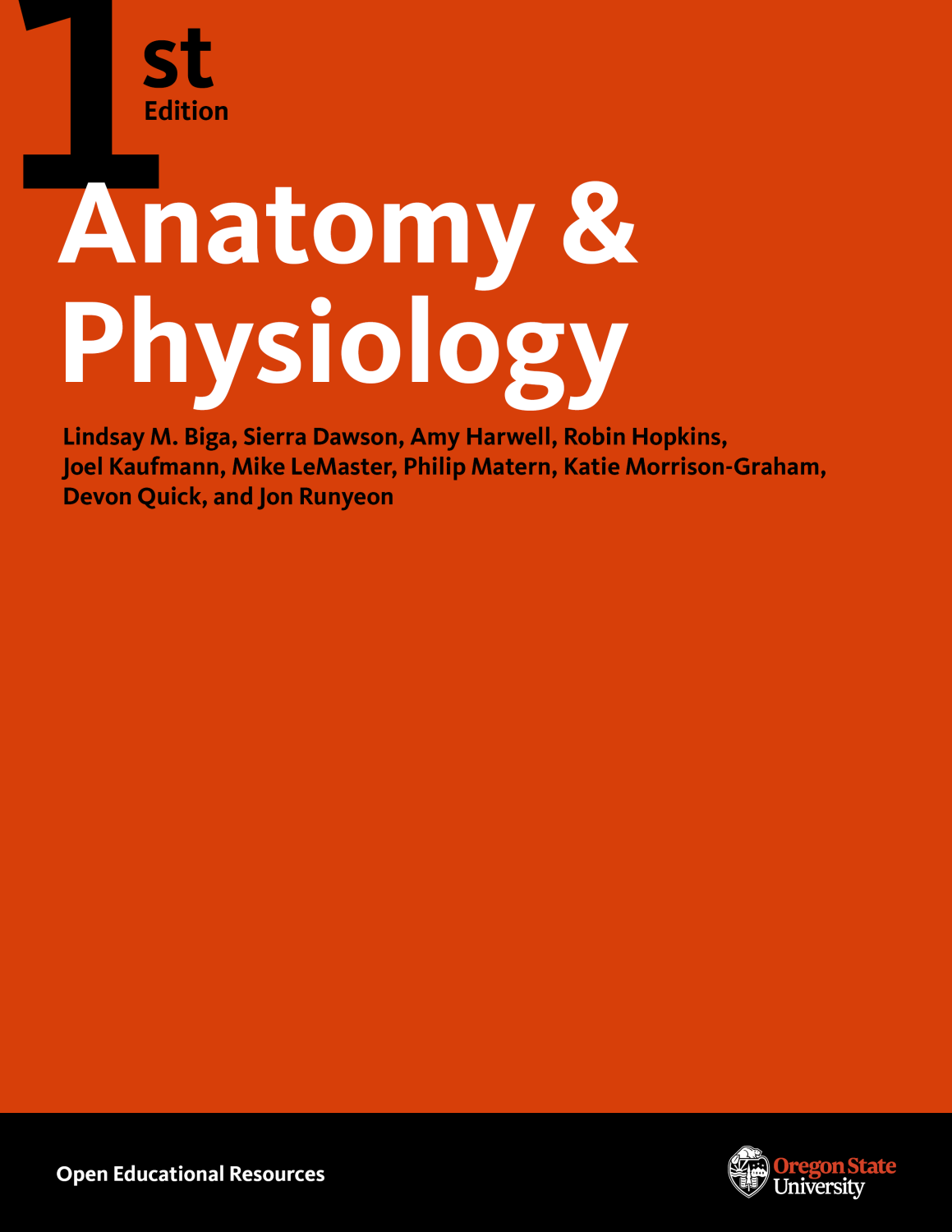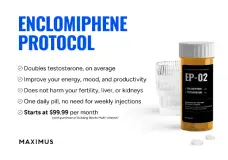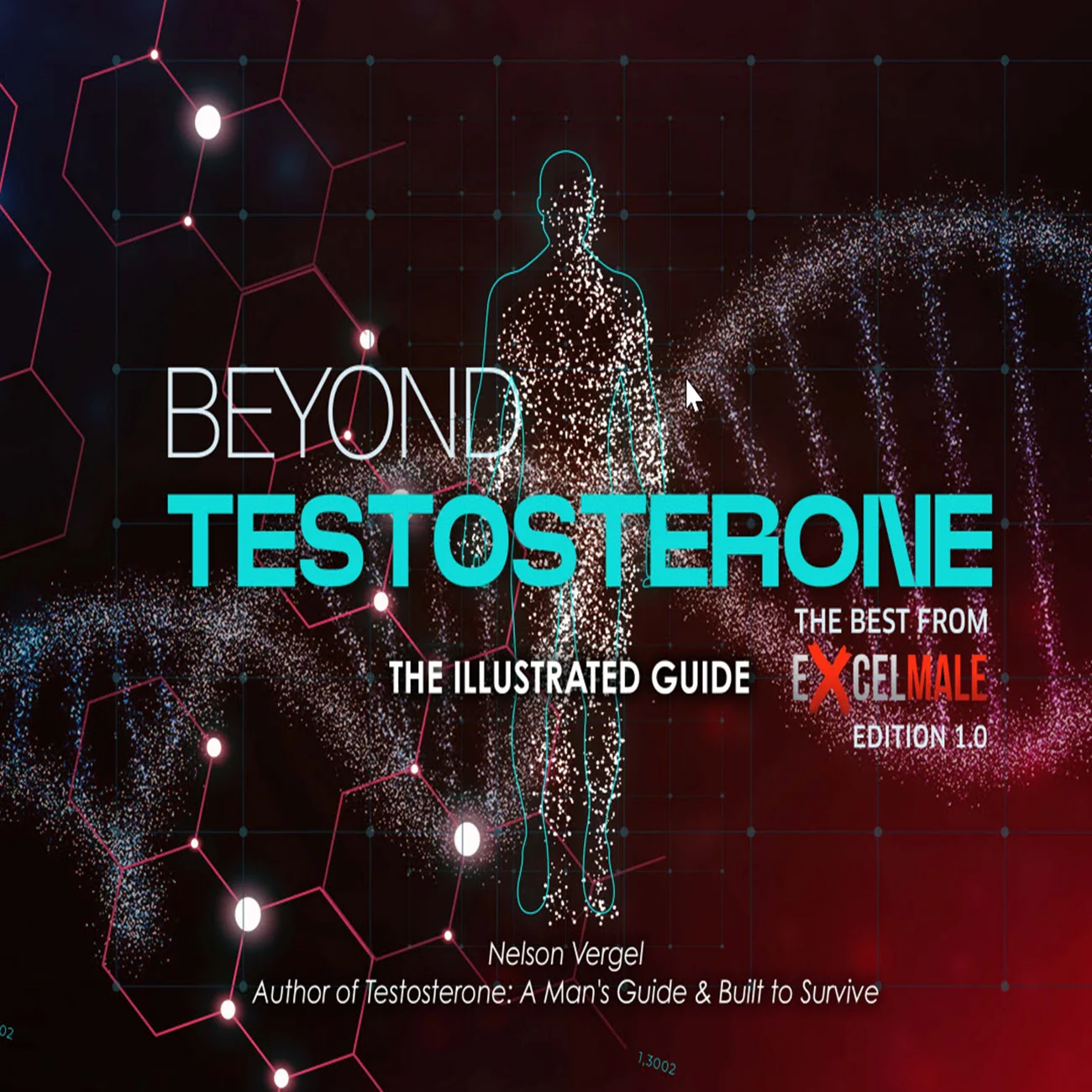The occurence of fractures in an elderly population is a significant concern, so this study looked at the relation between the number of fractures and hormone levels, including testosterone. It found fractures were higher at both low and high levels of endogenous testosterone:
"Analysis of 3,307 community-dwelling men aged 76.8±3.5 years, median follow-up period of 10.6 years. Plasma testosterone (T), dihydrotestosterone (DHT) and estradiol (E2) assayed by mass spectrometry, sex hormone-binding globulin (SHBG) and luteinising hormone (LH) using immunoassay. Incident fractures determined via data linkage. We analysed probability of fracture and performed Cox regression adjusted for age, medical comorbidities and frailty.

"Incident fractures occurred in 330 men, including 144 hip fractures. Probability plots suggested non-linear relationships between hormones and risk of any fracture and hip fracture, with higher risk at lower and higher plasma T,
"Mid-range plasma T was associated with lower incidence of any fracture and hip fracture, and higher SHBG with increased risk of hip fracture. Circulating androgen rather than estrogen represents a biomarker for hormone effects on bone driving fracture risk."
U-Shaped Association of Plasma Testosterone, and no Association of Plasma Estradiol, with Incidence of Fractures in Men
Bu B Yeap , Helman Alfonso , S A Paul Chubb , Jacqueline R Center , Jonathan Beilin , Graeme J Hankey , Osvaldo P Almeida , Jonathan Golledge , Paul E Norman , Leon Flicker
The Journal of Clinical Endocrinology & Metabolism, Volume 105, Issue 5, May 2020, Pages 1489–1500, https://doi.org/10.1210/clinem/dgaa115
"Analysis of 3,307 community-dwelling men aged 76.8±3.5 years, median follow-up period of 10.6 years. Plasma testosterone (T), dihydrotestosterone (DHT) and estradiol (E2) assayed by mass spectrometry, sex hormone-binding globulin (SHBG) and luteinising hormone (LH) using immunoassay. Incident fractures determined via data linkage. We analysed probability of fracture and performed Cox regression adjusted for age, medical comorbidities and frailty.
"Incident fractures occurred in 330 men, including 144 hip fractures. Probability plots suggested non-linear relationships between hormones and risk of any fracture and hip fracture, with higher risk at lower and higher plasma T,
"Mid-range plasma T was associated with lower incidence of any fracture and hip fracture, and higher SHBG with increased risk of hip fracture. Circulating androgen rather than estrogen represents a biomarker for hormone effects on bone driving fracture risk."
U-Shaped Association of Plasma Testosterone, and no Association of Plasma Estradiol, with Incidence of Fractures in Men
Bu B Yeap , Helman Alfonso , S A Paul Chubb , Jacqueline R Center , Jonathan Beilin , Graeme J Hankey , Osvaldo P Almeida , Jonathan Golledge , Paul E Norman , Leon Flicker
The Journal of Clinical Endocrinology & Metabolism, Volume 105, Issue 5, May 2020, Pages 1489–1500, https://doi.org/10.1210/clinem/dgaa115
Last edited by a moderator:














